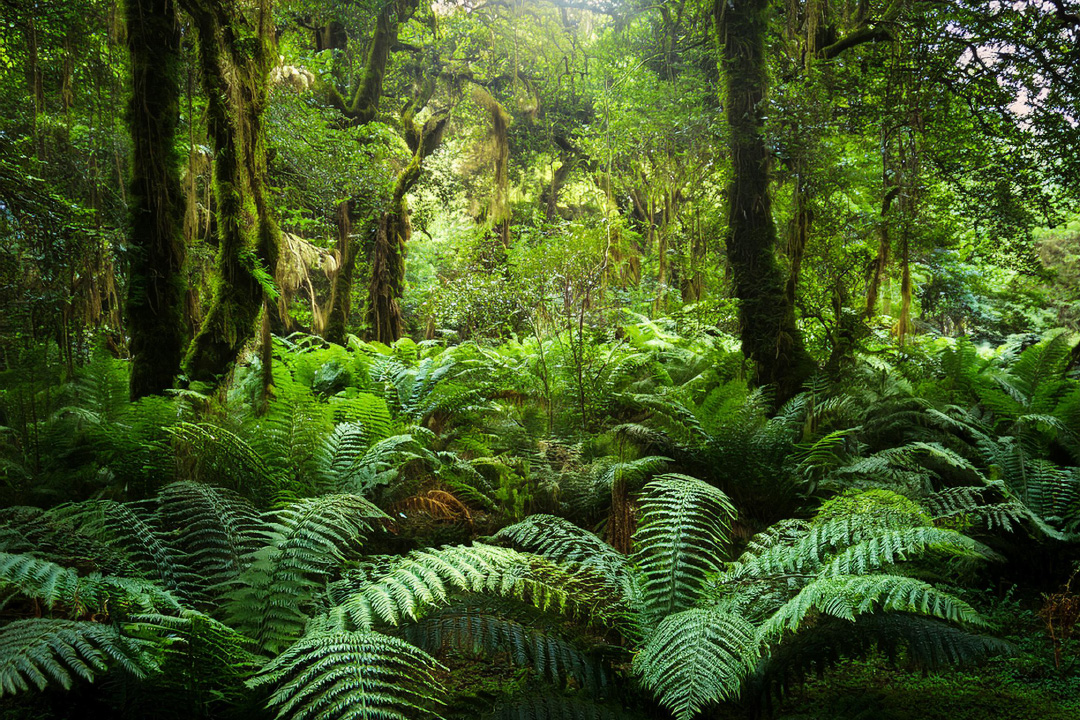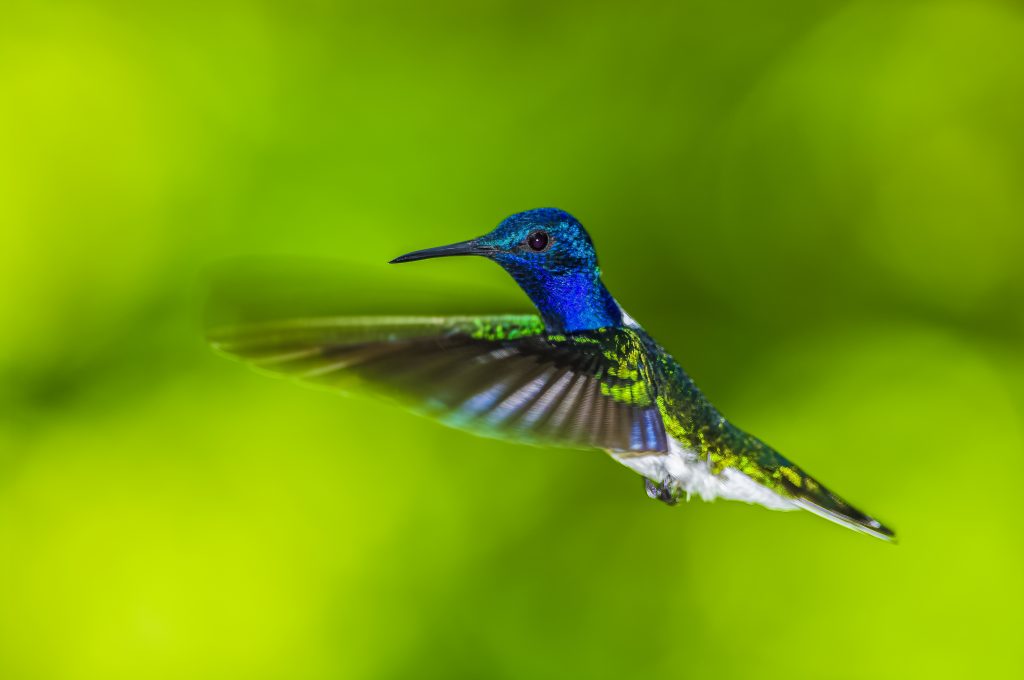Tropical rainforests, often called the “lungs of the Earth,” cover only about 6% of the Earth’s surface but are home to more than half of the world’s plant and animal species. These awe-inspiring forests, dense with life, provide us with countless ecological benefits, yet much of their complexity remains shrouded in mystery. From their towering trees and vibrant ecosystems to the cryptic species that call these forests home, tropical rainforests are an integral part of the planet’s survival.
This article delves into the fascinating ecosystems within tropical rainforests, exploring their role in the global environment, their unique flora and fauna, and the profound threats they face today.
1. What Are Tropical Rainforests?

Tropical rainforests are dense, warm, and humid forests that thrive in regions near the Equator. They receive heavy rainfall, ranging between 80 to 400 inches annually, which contributes to their lush green appearance. The combination of warmth and moisture creates the ideal conditions for plants and animals to thrive.
These forests are primarily found in three main areas:
- Amazon Basin in South America
- Congo Basin in Africa
- Southeast Asia
In addition to their rich biodiversity, tropical rainforests are crucial in regulating the global climate and absorbing significant amounts of carbon dioxide.
2. Layers of the Tropical Rainforest
One of the most remarkable features of tropical rainforests is their vertical structure, which consists of four distinct layers:
Emergent Layer
The emergent layer is the highest part of the forest, with trees that can grow up to 200 feet tall. These towering giants rise above the canopy and are exposed to direct sunlight. Here, eagles, butterflies, and small monkeys thrive.
Canopy Layer
The canopy is a dense layer of trees forming a continuous cover that blocks much of the sunlight from reaching the lower levels. Most of the forest’s wildlife is found in the canopy, including sloths, tree frogs, and a diverse range of birds.
Understory Layer
Below the canopy lies the understory, where plants grow in limited sunlight. It’s home to insects, snakes, and small mammals. Many animals here rely on camouflage to hide from predators.
Forest Floor
The forest floor receives very little sunlight, leading to minimal plant growth. However, it’s rich in nutrients from decomposing organic matter. Here, fungi, insects, and larger animals like jaguars and tapirs can be found.
3. The Flora of Tropical Rainforests
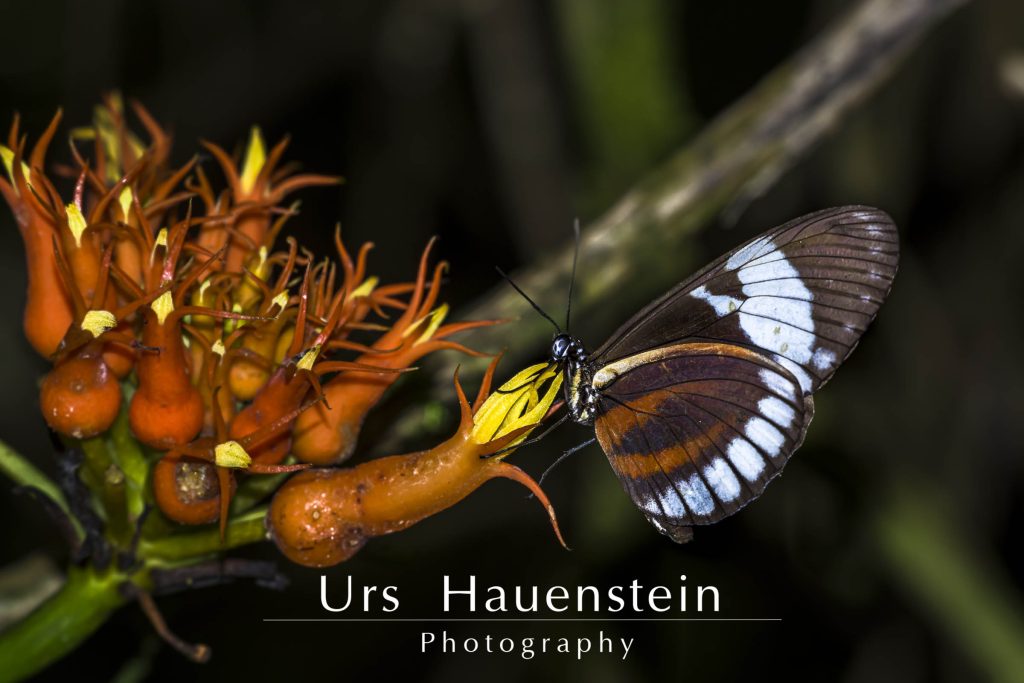
Tropical rainforests are known for their staggering variety of plant species. It’s estimated that a single hectare can contain over 300 species of trees alone. These plants are not only visually stunning but also play a critical role in producing oxygen and absorbing carbon dioxide. Some well-known plants include:
- Orchids: These beautiful, colorful flowers thrive in the warm, humid conditions of the rainforest.
- Bromeliads: These plants often grow on other trees, collecting water in their leaves to create mini-ecosystems for frogs and insects.
- Kapok Trees: These massive trees can reach heights of over 200 feet and are an essential part of the emergent layer.
- Epiphytes: Plants like ferns and mosses that grow on other plants without harming them.
Many plants found in tropical rainforests are also used for medicinal purposes, with some providing compounds that have been used in modern pharmaceuticals.
4. The Fauna of Tropical Rainforests
The diversity of animals in tropical rainforests is unparalleled. From colorful parrots to elusive jaguars, these forests are home to some of the most iconic creatures on Earth. Animals in tropical rainforests often exhibit unique adaptations to survive in such a dense and competitive environment.
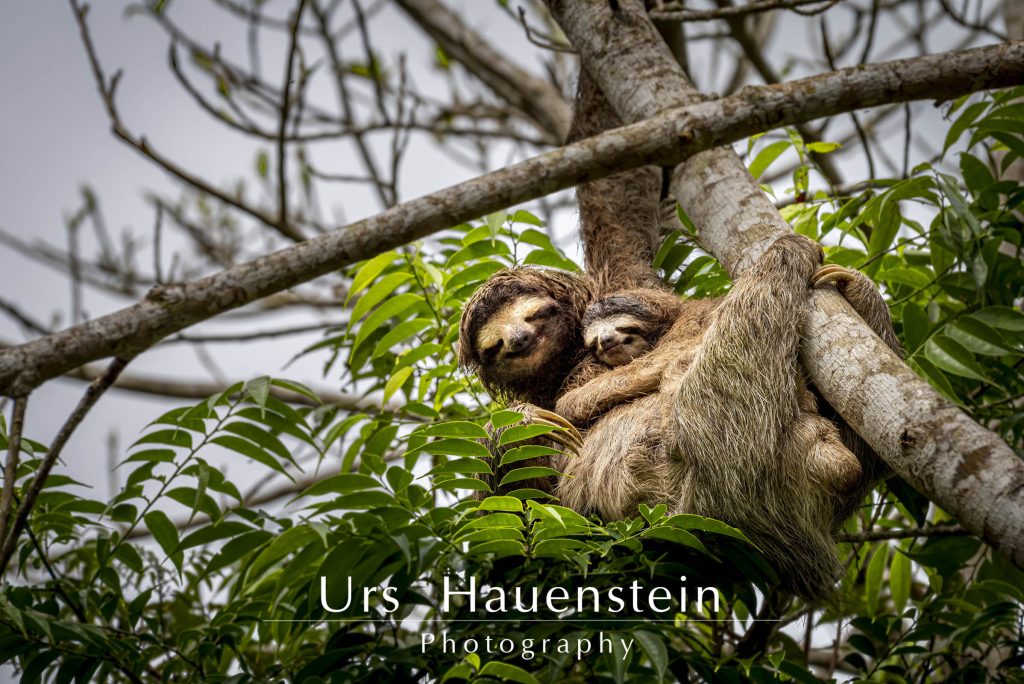
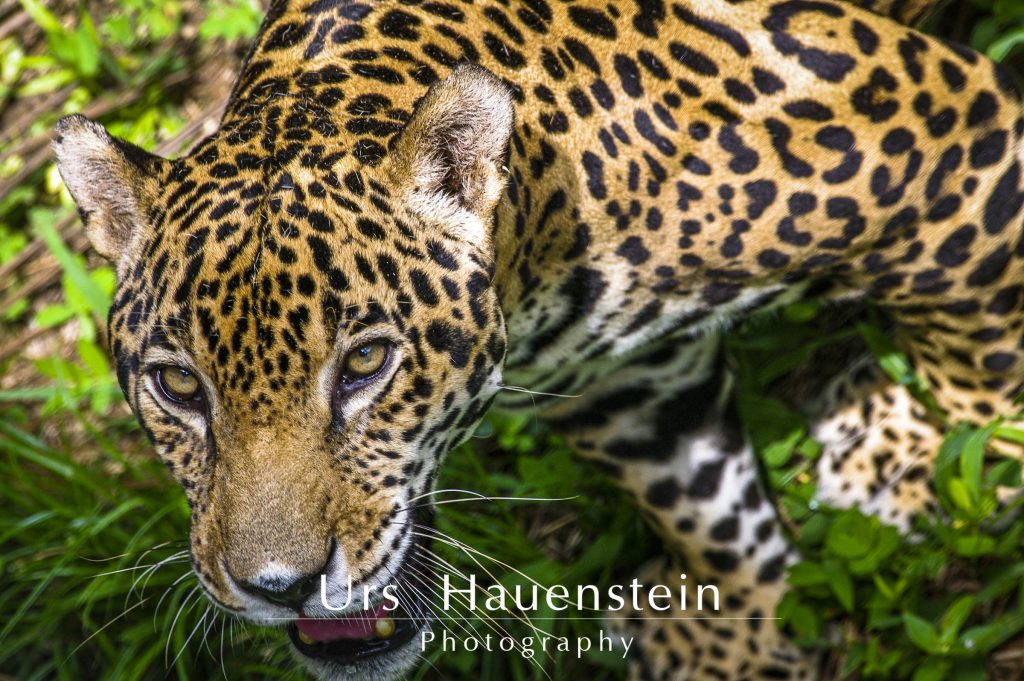
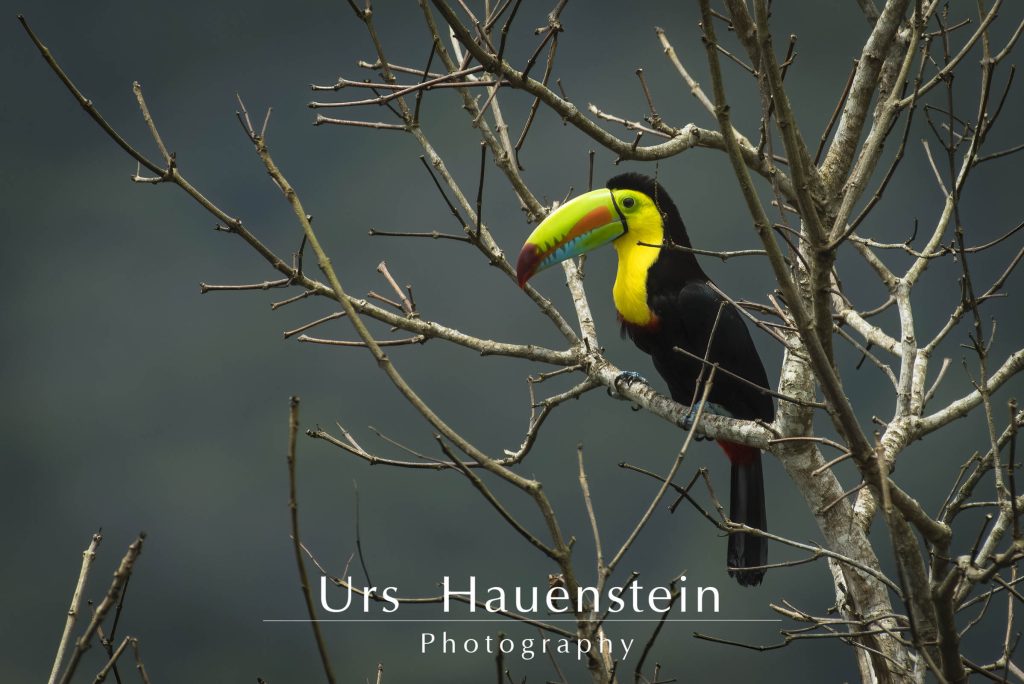
Mammals
Among the mammals found in tropical rainforests are monkeys, sloths, and big cats like jaguars and leopards. Primates, in particular, are highly adapted to life in the trees, using their long limbs and tails to swing between branches.
Birds
The vibrant toucans, macaws, and hornbills are among the most colorful and recognizable birds of the rainforest. Many birds play a crucial role in pollinating flowers and dispersing seeds.
Reptiles and Amphibians
Snakes, frogs, and lizards are abundant in rainforests, with many species boasting bright colors as a warning to predators. The poison dart frog, for example, uses its toxic skin as a defense mechanism.
Insects
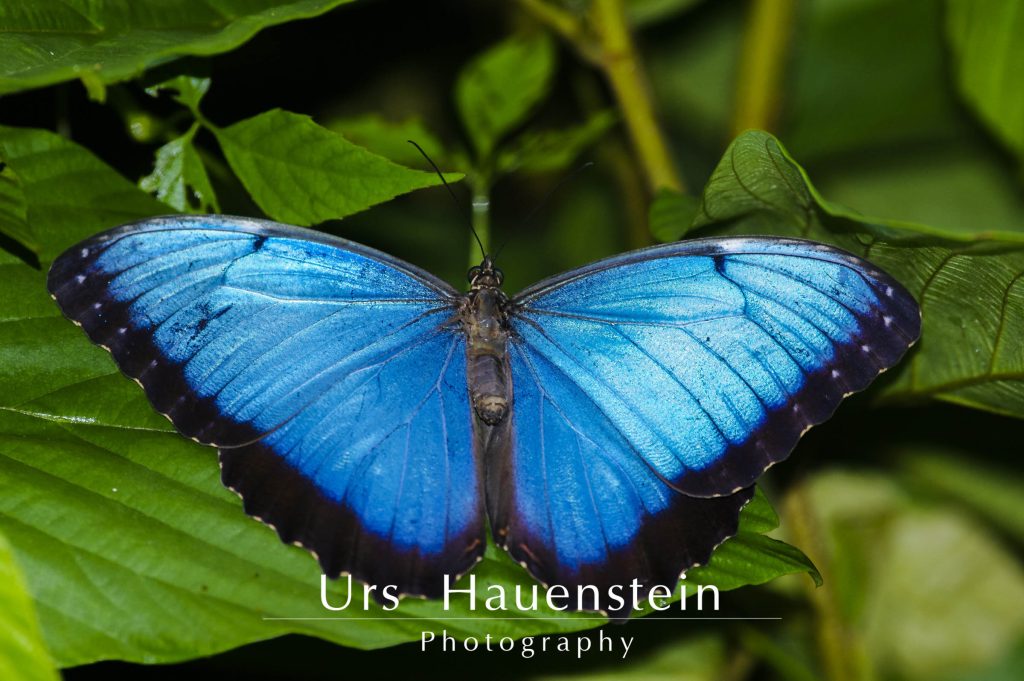
Insects make up the majority of the animal species in tropical rainforests. From ants to butterflies, insects are essential for processes like pollination and decomposition. Some, like the bullet ant, are known for their powerful stings, while others, like leafcutter ants, play a vital role in breaking down plant material.
5. The Ecological Importance of Tropical Rainforests
Tropical rainforests are not just beautiful to look at; they are essential for the health of our planet. They act as:
- Carbon Sinks: Rainforests absorb vast amounts of carbon dioxide, helping to regulate the Earth’s climate.
- Oxygen Producers: The plants in these forests are responsible for producing around 20% of the world’s oxygen.
- Biodiversity Hotspots: The rich variety of species found in rainforests contributes to global biodiversity, making them essential for ecosystem stability.
6. Indigenous Peoples of the Rainforests
Tropical rainforests are not only home to animals and plants but also to indigenous peoples who have lived in harmony with the forest for centuries. These tribes possess deep knowledge of the forest and its resources, using it for food, shelter, and medicine.
Notable indigenous groups include the Yanomami in the Amazon, the Pygmies in the Congo Basin, and the Penan in Southeast Asia. Despite their sustainable lifestyles, many of these communities are now facing threats from deforestation and industrialization.
7. The Threat of Deforestation
Sadly, the future of tropical rainforests is uncertain. Every year, millions of acres are lost due to activities like logging, mining, and agriculture. Deforestation not only destroys habitats but also releases vast amounts of carbon dioxide into the atmosphere, exacerbating climate change.
Major Causes of Deforestation:
- Agricultural Expansion: Clearing land for crops like soy, palm oil, and cattle ranching.
- Illegal Logging: Harvesting valuable timber like mahogany and teak.
- Mining: Extracting minerals and metals like gold and bauxite.
8. Consequences of Rainforest Loss
The destruction of tropical rainforests has far-reaching consequences. Not only does it contribute to global warming, but it also leads to:

- Loss of Biodiversity: Entire species are at risk of extinction.
- Displacement of Indigenous Peoples: Many tribes are forced to abandon their homes.
- Soil Degradation: Once forests are cleared, the soil often becomes infertile, leading to erosion and desertification.
9. Conservation Efforts
Despite the challenges, there are ongoing efforts to save tropical rainforests. Conservation organizations, governments, and indigenous groups are working together to protect these precious ecosystems. Some key strategies include:
- Sustainable Forestry: Harvesting timber in a way that allows the forest to regenerate.
- Eco-Tourism: Encouraging tourism that supports conservation efforts.
- Reforestation: Planting trees to restore degraded areas.
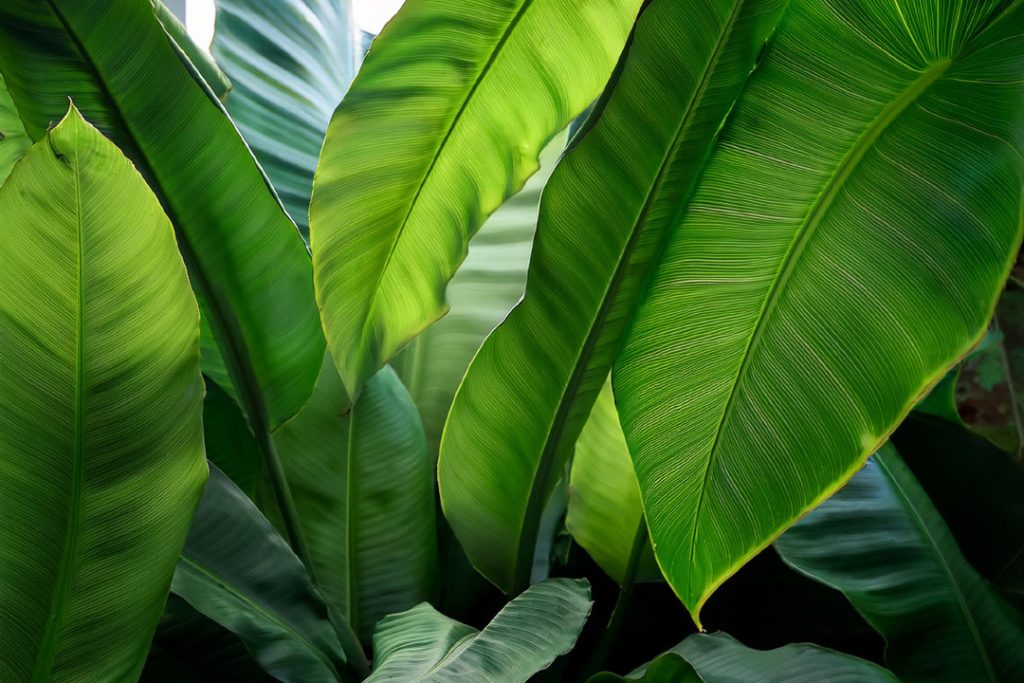
10. How You Can Help
While the task of saving tropical rainforests may seem daunting, individuals can make a difference. Some ways you can contribute include:
- Supporting Sustainable Products: Choose products that are certified as rainforest-friendly, such as those with the Rainforest Alliance seal.
- Reducing Meat Consumption: Cattle ranching is one of the leading causes of deforestation.
- Donating to Conservation Organizations: Many organizations are working tirelessly to protect rainforests.
Tropical rainforests are among the most diverse and mysterious ecosystems on the planet. They play an essential role in maintaining the Earth’s climate, supporting biodiversity, and sustaining indigenous cultures. However, these magnificent forests are under threat from human activities, and without immediate action, we may lose them forever.
By understanding the importance of tropical rainforests and supporting conservation efforts, we can help ensure that these incredible ecosystems and their inhabitants continue to thrive for generations to come.
Here some recommended links selected for you: The Best Books of the Month, Todays best Deals at Amazon, Best Sellers in Cell Phones & Accessories and last but not least the easy and great way to send a gift for the holidays: Amazon.com eGift Card (Instant Email or Text Delivery).

